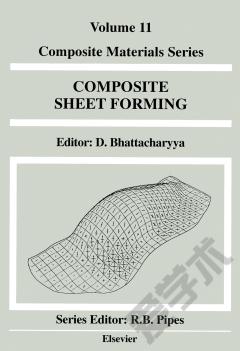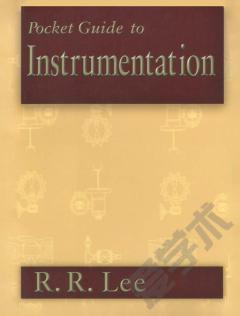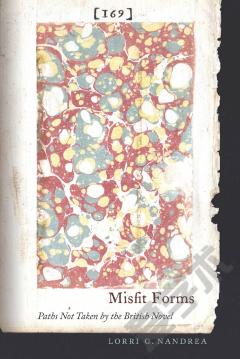Composite Sheet Forming
Sheet forming is the most common process used in metal forming and is therefore constantly being adapted or modified to suit the needs of forming composite sheets. Due to the increasing availability of various types of fibre reinforced polymeric sheets, especially with thermoplastic matrices, the scope of use of such materials is rapidly expanding in the automobile, building, sports and other manufacturing industries beyond the traditional areas of aerospace and aircraft applications. This book contains twelve chapters and attempts to cover different aspects of sheet forming including both thermoplastic and thermosetting materials. In view of the expanded role of fibre reinforced composite sheets in the industry, the book also describes some non-traditional applications, processes and analytical techniques involving such materials.The first chapter is a brief introduction to the principles of sheet metal forming. The next two chapters introduce the various forms of materials, manufacturing techniques and the fundamentals of computer simulation. Chapter 4 describes the different aspects of thermoforming of continuous fibre reinforced thermoplastics and the following chapter studies the shear and frictional behaviour of composite sheets during forming. Chapter 6 explores the possibility of applying the grid strain analysis method in continuous fibre reinforced polymeric sheets. The next two chapters address fundamental concepts and recent developments in finite element modelling and rheology. Chapter 9 introduces the theory of bending of thermoplastic composite sheets and shows a novel way of determining both longitudinal and transverse viscosities through vee-bend tests. A significant expansion in the usage of composite materials is taking place in biomedical areas. Chapter 10 discusses the thermoforming of knitted fabric reinforced thermoplastics for load bearing and anisotropic bio-implants. The final chapter introduces roll forming, a commonly used rapid manufacturing process for sheet metals, and discusses the possibility of applying it economically for continuous reinforced thermoplastic sheets.
{{comment.content}}








 京公网安备 11010802027623号
京公网安备 11010802027623号